Boeing President Dave Calhoun briefly got out of the hot seat he occupied before a Senate committee to apologize to victims of Boeing plane crashes that filled the gallery on behalf of the company. “I would like to apologize, on behalf of all of our Boeing associates spread throughout the world, past and present, for your losses,” Calhoun said after numerous calls from those in the gallery to turn around and face them. “And I apologize for the grief that we have caused.” Calhoun was already in for a rough ride before hundreds of grieving relatives flooded into the chamber carrying posters of their dead loved ones and slogans shaming Boeing.
The night before the hearing, another whistleblower came forward alleging Boeing hid infractions from FAA safety inspectors and allowed unapproved parts to be installed in aircraft. Under questioning from lawmakers, Calhoun said he was aware of the company retaliating against whistleblowers. As Calhoun was testifying, the Seattle Times revealed that Boeing’s MAX aircraft have a system in their engines that is not included in their flight manuals and has been activated in a couple of serious incidents.
The load reduction device decouples the primary fan from the engine if the fan becomes unbalanced. That occurred in two serious bird strike incidents, which resulted in heavy smoke in the cabin in one and in the cockpit in another. The LRD worked as intended to stop the engines from literally shaking themselves apart but in doing so could also have altered the pilots’ response to the damaged fans. The FAA told the Seattle Times there’s no evidence the LRD affected pilot responses to the two engine incidents, and Boeing said that since the systems cannot be controlled by the pilots there’s no need for them to know about it.
But Southwest Pilots Association Vice President Tom Nekouei disagreed. “If I have a system in the airplane that has a function, I need to know about it,” he said, noting the lack of transparency is like the lack of pilot knowledge of the Maneuvering Characteristics Augmentation System that was a major factor in the crashes of two MAXes in Indonesia and Ethiopia.


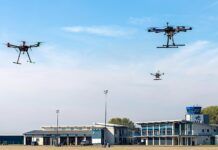

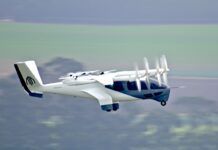
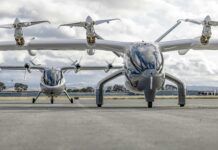



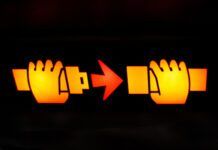



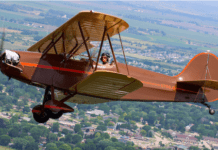

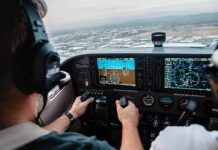

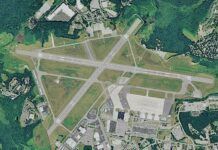
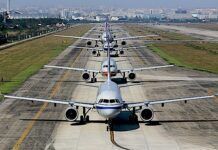
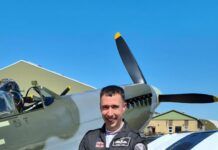






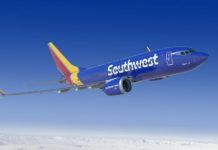






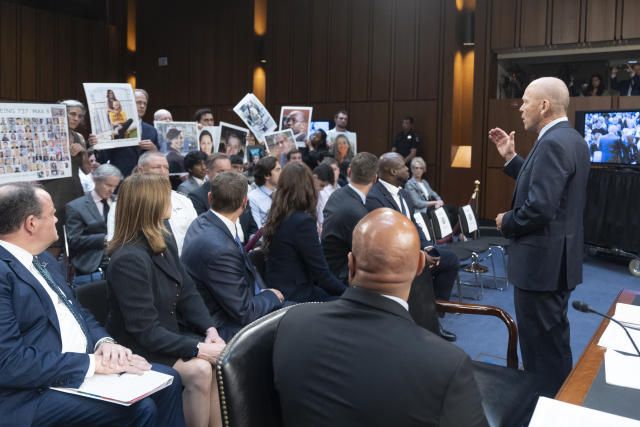
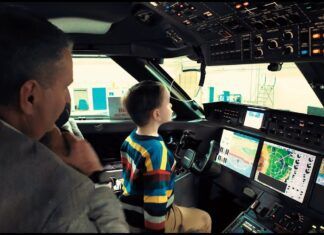
I wonder if any other 737 Max’s have had an MCAS-related failure like the two that crashed, and if so, why didn’t they crash?
Yes; I’ve been wondering which airlines ordered Maxes without the backup angle-of-attack systems; and wondering just how much the airline buyers saved by not ordering the backups.
You could not order it without MCAS. The customers were never informed about it.
Kevin, they’re talking about the second AOA indicator which activates the MCAS. Even the small jets I flew had two of them as standard equipment. The fact that Boeing only included one as standard equipment, and charged customers to install another one, is inexcusable. They created a single point of failure, and only the customers willing to pay had an acceptable margin of safety.
Yes. A pilot commuting to work in the cockpit had the idea to immediately disconnect the autopilot. It was here in the US. Apparently his idea worked.
Source?
MCAS is inhibited while the autopilot is engaged. So not a valid example.
There were at least two instances in the US where it was very, very close…
It seems to me that there are a lot of engine parts can fail without the pilots not knowing the details of, and that have no bearing on pilot-response to the engine failure.
I agree with Tom Nekouei. Pilots should have some knowledge of the functions of all systems.
Those crash families deserve apologies from the respective airline’s pilot training departments, not the airplane builder.
Had those events happened on a US based airline, their pilots would have performed the “Runaway Stabilizer” emergency procedure whether they have ever heard about MCAS or not. If you have a V1 Cut, you don’t care what caused it and discuss various possible corrective actions. You immediately input rudder and elevator corrections and climb out to a safe altitude, etc.
Boeing, the FAA, and the NTSB determined the MCAS had significant design flaws and pilots were not trained on how to handle an MCAS failure (or even its existence). Whether or not some flight crews could have recovered from the sudden, dramatic loss of control is a red herring – it does not address the underlying flaws. Fortunately, safety culture has moved past the old “blame the pilot” mentality of expecting flight crews to overcome design and training failures. As for your suggested correct response, note that one of the software fixes Boeing included in the MCAS redesign was: “MCAS can never command more stabilizer input than can be counteracted by the flight crew pulling back on the column. The pilots will continue to always have the ability to override MCAS and manually control the airplane.” (Quoted from Boeing’s public statement on their MCAS software fix.)
“….not the airplane builder.” Flynuts must be the pen name for the Boeing CEO. Regardless, the name’s second half fits.
You will be saying darkies can’t fly next (which was the not so subtle under-current of Boeing’s PR after the accidents.).
And the not-so-subtle message in Flynut’s post, too.
A pilot needs to know what the systems are on the plane and how they work. Without that knowledge it is impossible to know how to react to an unusual situation or troubleshoot a malfunction. If the computer is telling the airplane to do one thing and you need it to do something else, you better know how to turn it off.
“Boeing said that since the systems cannot be controlled by the pilots there’s no need for them to know about it.”
Inexcusable. Whether they can do anything about it or not they need to be aware of how the system works. I’m going with the Southwest Pilots Association on this one.
As I understand it (and I certainly don’t claim to be an expert) this load relief “system” is really just a couple of bolts that are designed to shear in an overload condition. If that’s true, then I think “system” is the wrong word, and perhaps “design feature” is more appropriate. It’s not something the pilots would be able to turn off or override.
A lot of things can cause engine failure. Is it necessary to know the exact cause of the failure before deciding how to deal with it? Asking for a friend.
The biggest safety feature in any airplane is a well trained pilot. It doesn’t make any difference if it’s a J-3 or a 747.
Boeing has been playing fast and loose with design and engineering of the 737 since the beginning, mostly because of SWA. The FAA let them get away with it. It’s a well known fact that the Max was really designed to replace the 757 with its own type rating, but SWA wouldn’t buy it without a 737 type design.
Despite the exclusion of MCAS information, it’s hard for me to believe any well trained pilot couldn’t figure how to deal with runaway trim. The noise and the rotation speed of the trim wheel during this condition is so obvious a cave man could figure it out.
So does the training department bear some responsibility for these crashes? Definitely.
But somewhere in the depths of the Boeing Corp. somebody came up with the great idea to have only on AOA sensor (probably so they could up charge for a second sensor and EICAS alert). That person will probably never be identified. Does that person bear responsibility for these crashes? Yes.
Finally, the reluctance of the CEO to show any remorse or compassion to the families that list loved ones until he was in front of a congressional committee years after these accidents is despicable and disgusting.
Bottom line for pilots: Sometimes just running the QRH isn’t good enough without a working knowledge of the systems on your jet.
Thanks to DEI, the pilot community at large will be much more educated as to the systems on the air planes they are flying.
Ah, yes, there it is.
If you don’t have the balls to post what you really mean, that only straight white Christian males can be pilots, then don’t post your weasely, wimpy hints about what you really mean, Jethro.
I watched the whole shebang on C-Span. Observing Calhoun referring to “resources” as people and trying to be relatable, felt like watching a White Shark turn vegan. What a dog & pony show…
I watched a bit of the hearing before tuning out in disgust. The whole thing was political kabuki theatre with the panel members from both parties only interested in grand standing for the camera and scoring cheap political points.
If legislators were actually interested in the safety of the air transportation system they should adequately fund the FAA and stop returning calls from the army of Boeing lobbyists.
1. The night before the hearing, another whistleblower came forward alleging Boeing hid infractions from FAA safety inspectors and allowed unapproved parts to be installed in aircraft.
2. …Calhoun said he was aware of the company retaliating against whistleblowers.
3. As Calhoun was testifying, the Seattle Times revealed that Boeing’s MAX aircraft have a system in their engines that is not included in their flight manuals…
4. …and Boeing said that since the systems cannot be controlled by the pilots there’s no need for them to know about it.
Will this company ever learn?
The trouble is that some systems are so complex that on a systems specialist engineer can barely understand the system for which he is trained in. To expect a pilot in the cockpit to to be fully educated in all systems might be somewhat unreasonable.
Would someone please just start another US manufacturer of airliners? We really need an oligopoly of at least three, or this nonsense will just continue.
Surely, one of the bizjet makers could make something like the ERJ and work up from there. And, perhaps a defense contractor could spin off an aviation unit to make a new airliner of some sort?